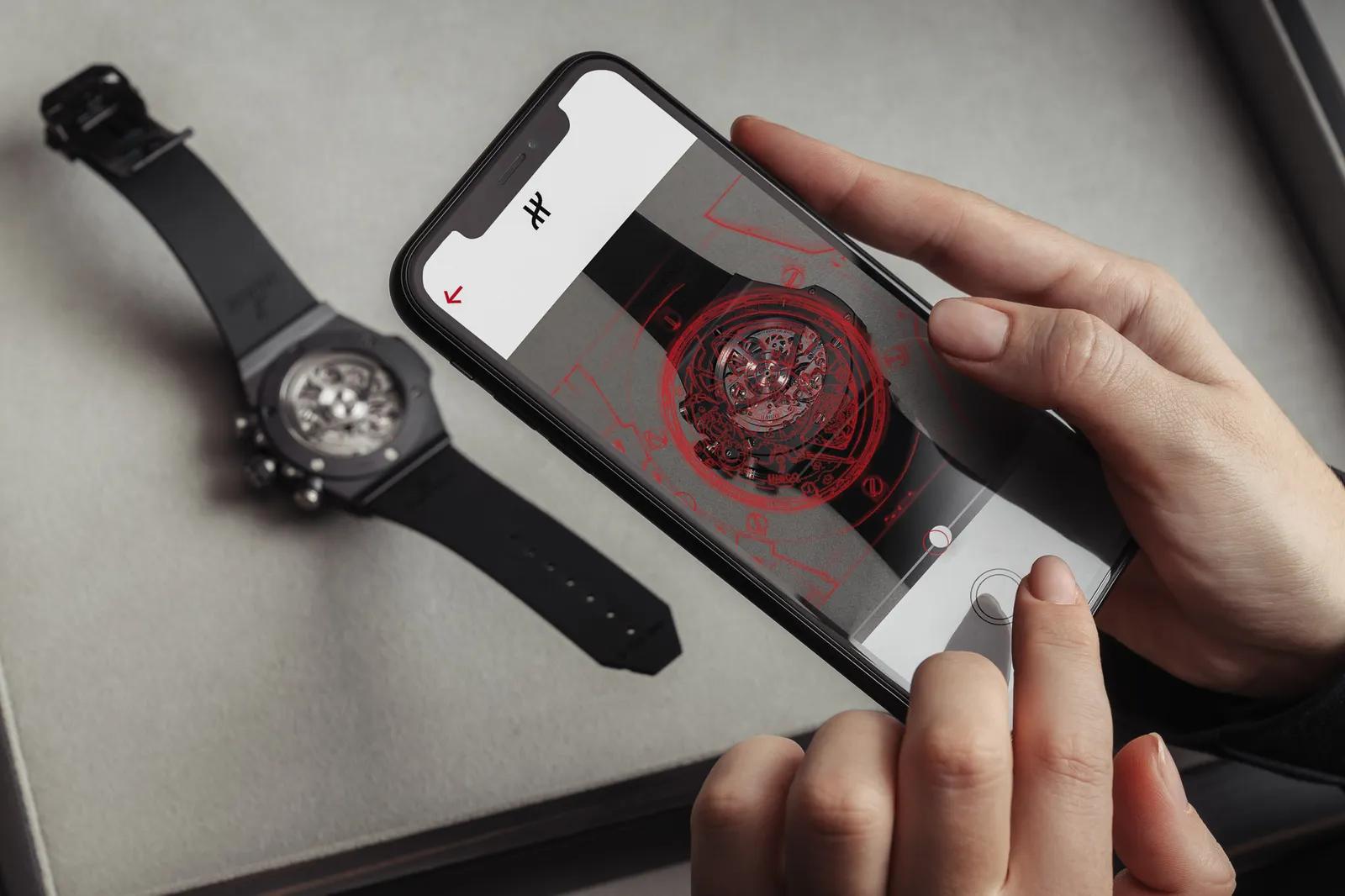Since 2021, the Aura Blockchain Consortium has been fueling significant movements within the luxury sector on the blockchain, enhancing the digital landscape and fostering direct connections between brands and consumers. This non-profit organization, consisting of industry giants such as LVMH, Richemont, Mercedes Benz, OTB, and Prada Group, has played a pivotal role in digitally transforming a range of clients, including Bulgari, Tod’s, Dior, Loro Piana, and Chopard. To date, the Consortium has integrated over 23 million products from 40 leading luxury entities into the blockchain network.
The fluctuations in the cryptocurrency market have raised concerns about the long-term viability of blockchain technology. Despite these uncertainties, Aura recognized the potential of blockchain but also identified the need for a reliable system that delivers a premium experience tailored for the luxury sector.
What transformations have occurred in the landscape since Aura’s inception three years ago? While doubts persist, innovations like Digital Product Passports (DPPs) are gaining widespread acceptance in the luxury sphere, largely due to Aura’s contributions.
Upcoming regulations from the European Commission mandate that all fashion items must have a digital product passport and a ‘digital twin’ by 2026, propelling more luxury enterprises towards blockchain adoption. As the adoption of this technology increases among retailers, Aura continues to set the industry standard.
Jing Daily engaged in a conversation with Romain Carrere, CEO of the Aura Blockchain Consortium, delving into the evolving realm of blockchain-powered products, his strategies for steering the Consortium towards a new growth phase, and the potential of Digital Product Passports to revolutionize the luxury sector.
The Aura Blockchain Consortium is facilitating the integration of major luxury brands into the blockchain. Photo: Loro Piana
Jing Daily: How is Aura enhancing the luxury experience for brands and consumers on the blockchain?
Romain Carrere: Our focus lies in three key areas to enhance the customer journey – regulatory compliance, storytelling, and utilities. This includes ensuring complete product traceability and seamless product ownership transfers. One of our unique strengths is offering both private and public blockchain solutions. Brands can secure their data on a private blockchain while providing consumers the advantages of a public blockchain through their digital twins.
JD: How does Aura measure the success of a brand’s blockchain implementation?
RC: Each brand defines success differently, but the primary objective is to ensure consumer engagement with their digital product passports and digital twins. Brands aim to track user interactions with the features and utilities they provide. Educating consumers is crucial; initially, brands did not communicate effectively about accessing product information, leading to low awareness. We advise brands to enrich the user experience with features like loyalty programs and VIP benefits through DPPs to achieve better outcomes.
JD: How will the new Digital Product Passports legislation promote transparency in supply chains and empower consumers to make informed purchasing decisions?
RC: The legislation sets clear guidelines on the information brands must disclose by a specified deadline, promoting transparency. Consumers seek product information effortlessly, driving brands to be more conscientious in their offerings. This shift encourages consumers to value product lifecycle, opt for repairs over replacements, and make more informed choices.
Louis Vuitton’s LV fine jewelry line leverages the Aura Blockchain Consortium. Photo: Louis Vuitton
JD: What challenges arise when integrating DPPs into luxury products?
RC: Two main challenges include consolidating product information sourced from various global suppliers and embedding technologies like near-field communication chips (NFC) into physical products, impacting the supply chain.
JD: How does Aura build consumer trust in blockchain technology?
RC: We prioritize user experience over blockchain promotion, aiming for a seamless and straightforward interaction. Rapid onboarding of brands onto the blockchain is crucial. For instance, Tod’s joined the Consortium in August and had DPPs for their bags launched by October.
JD: Apart from DPPs, what emerging technologies show promise for the luxury sector?
RC: While AI is a trending technology, we are exploring its applications, such as using AI image fingerprinting as an alternative to NFC chips in products like watches. AI also aids in authenticating products based on unique digital identities created through high-definition images.
The Aura Blockchain Consortium welcomed Italian luxury brand Tod’s to the blockchain last year. Photo: Tod’s
JD: How does Aura plan to navigate the upcoming EU regulations on DPPs, and what impact is anticipated on the fashion industry?
RC: Compliance with the regulations demands significant effort from both Aura and brands. We are actively engaging with the EU to gather necessary information for brands to navigate the evolving regulatory landscape effectively.
JD: What are Aura’s growth strategies, and how do you envision the Consortium evolving?
RC: While we do not disclose revenue figures, Aura anticipates exponential growth as brands transition from pilot phases to full-scale blockchain integration. As brands adapt to the DPP regulations, we foresee substantial growth in the future.

